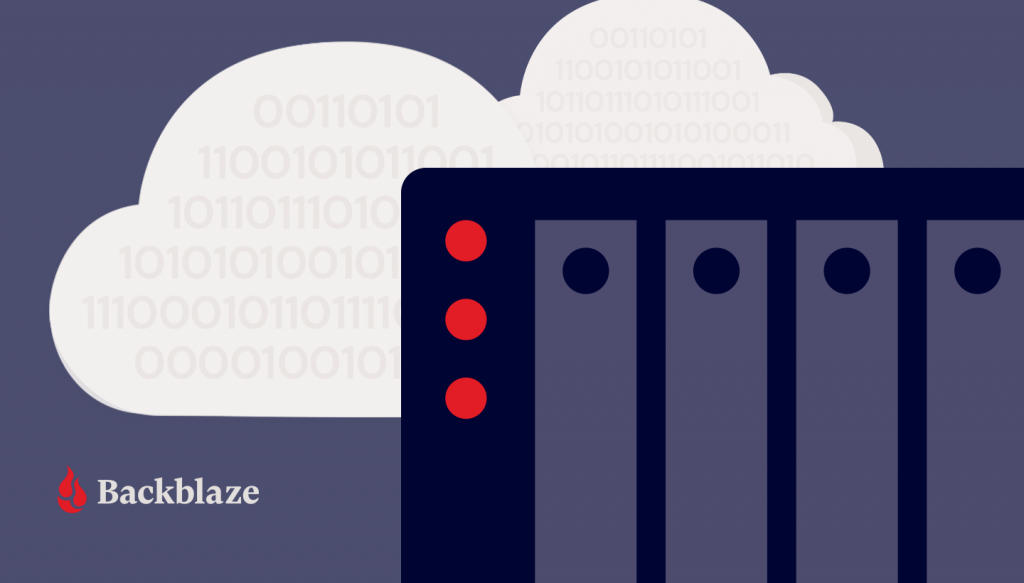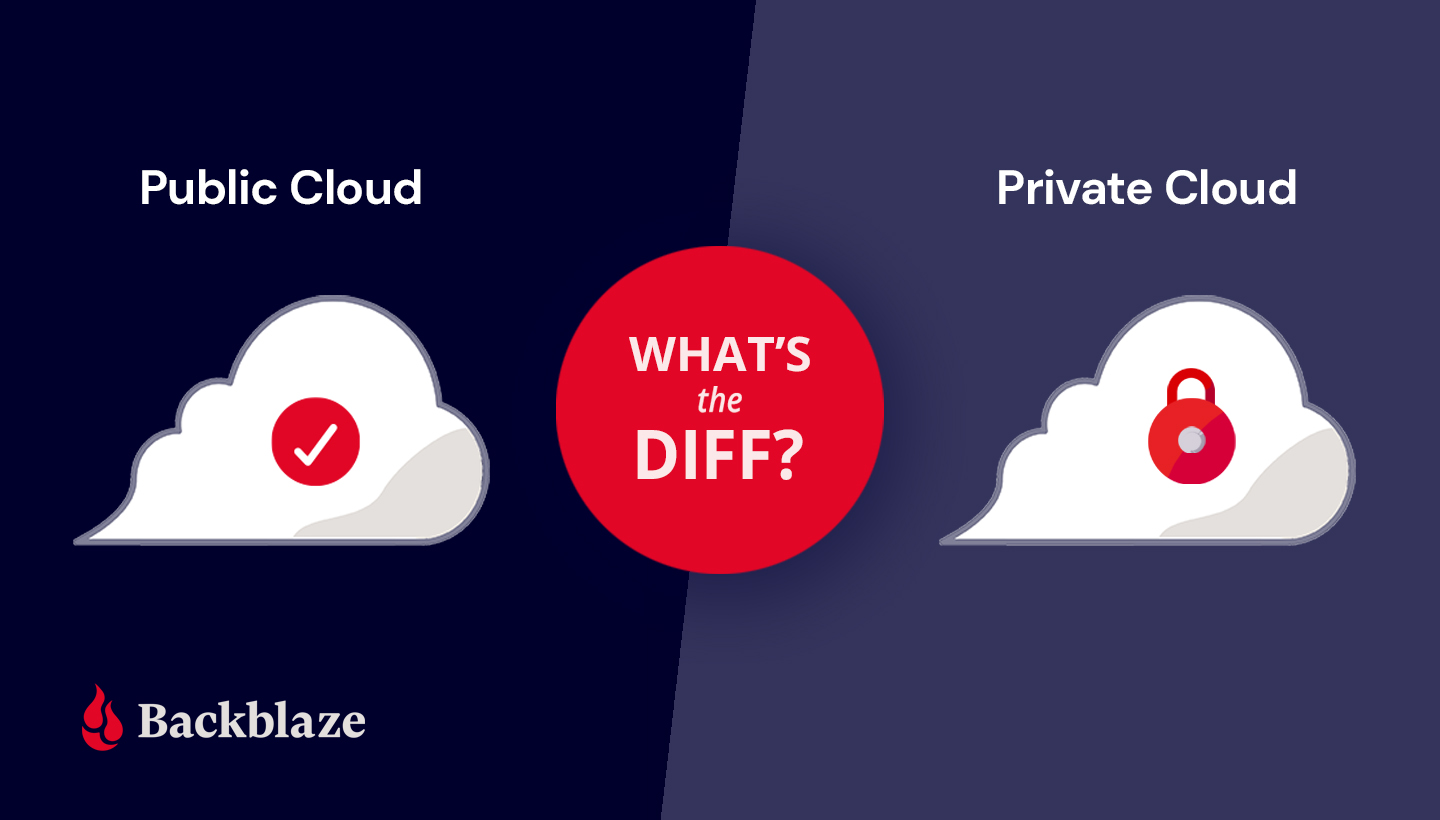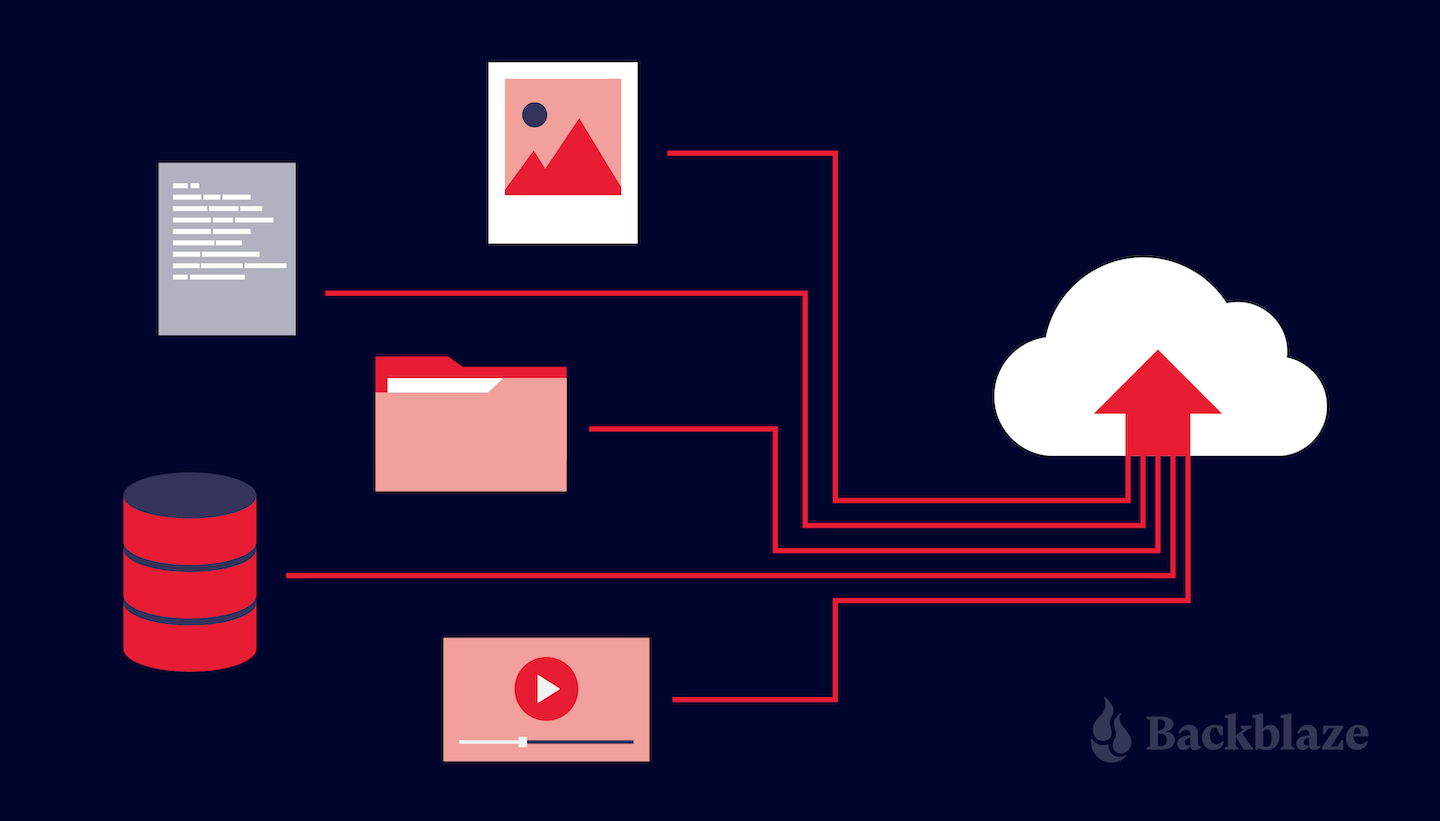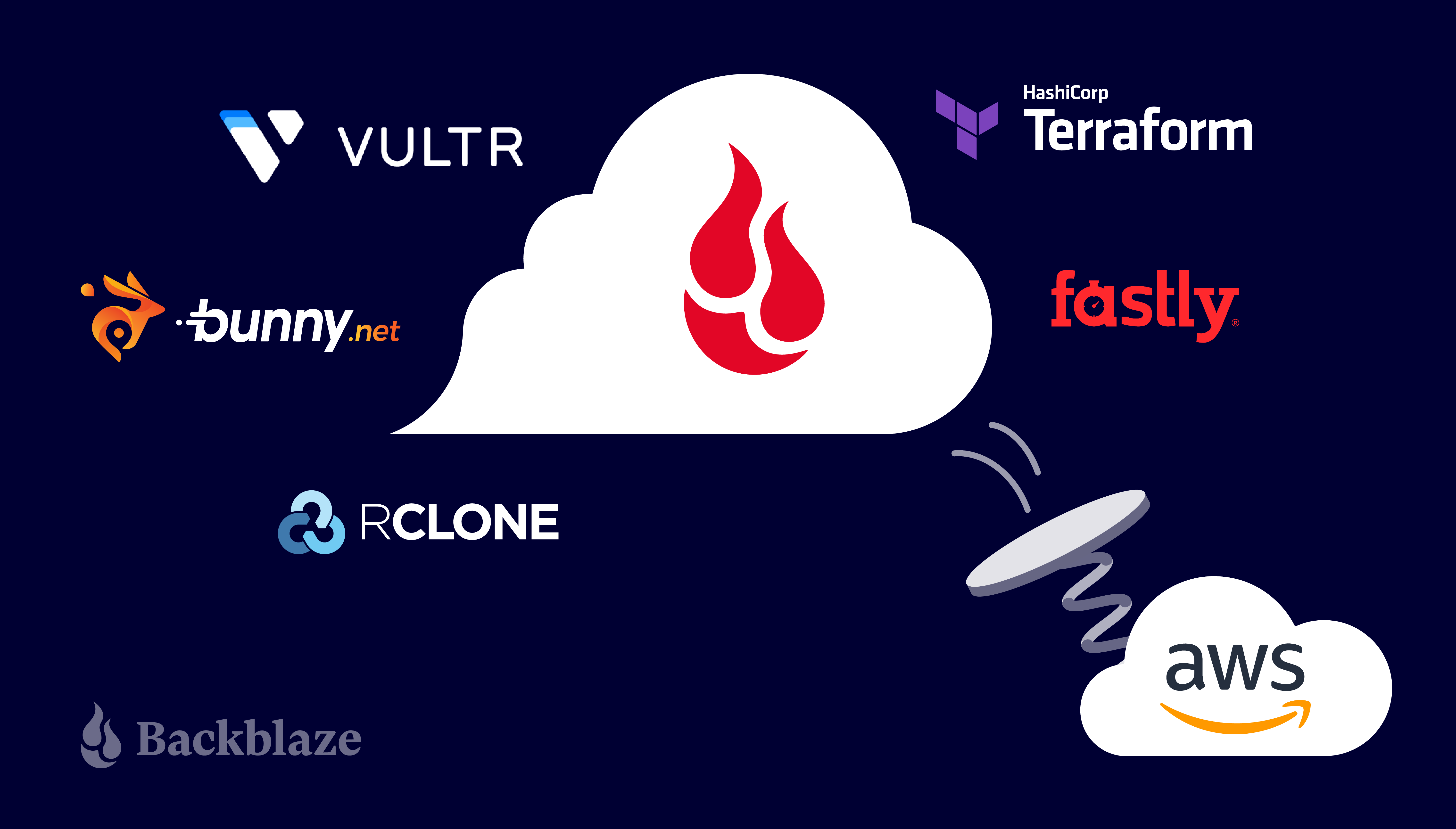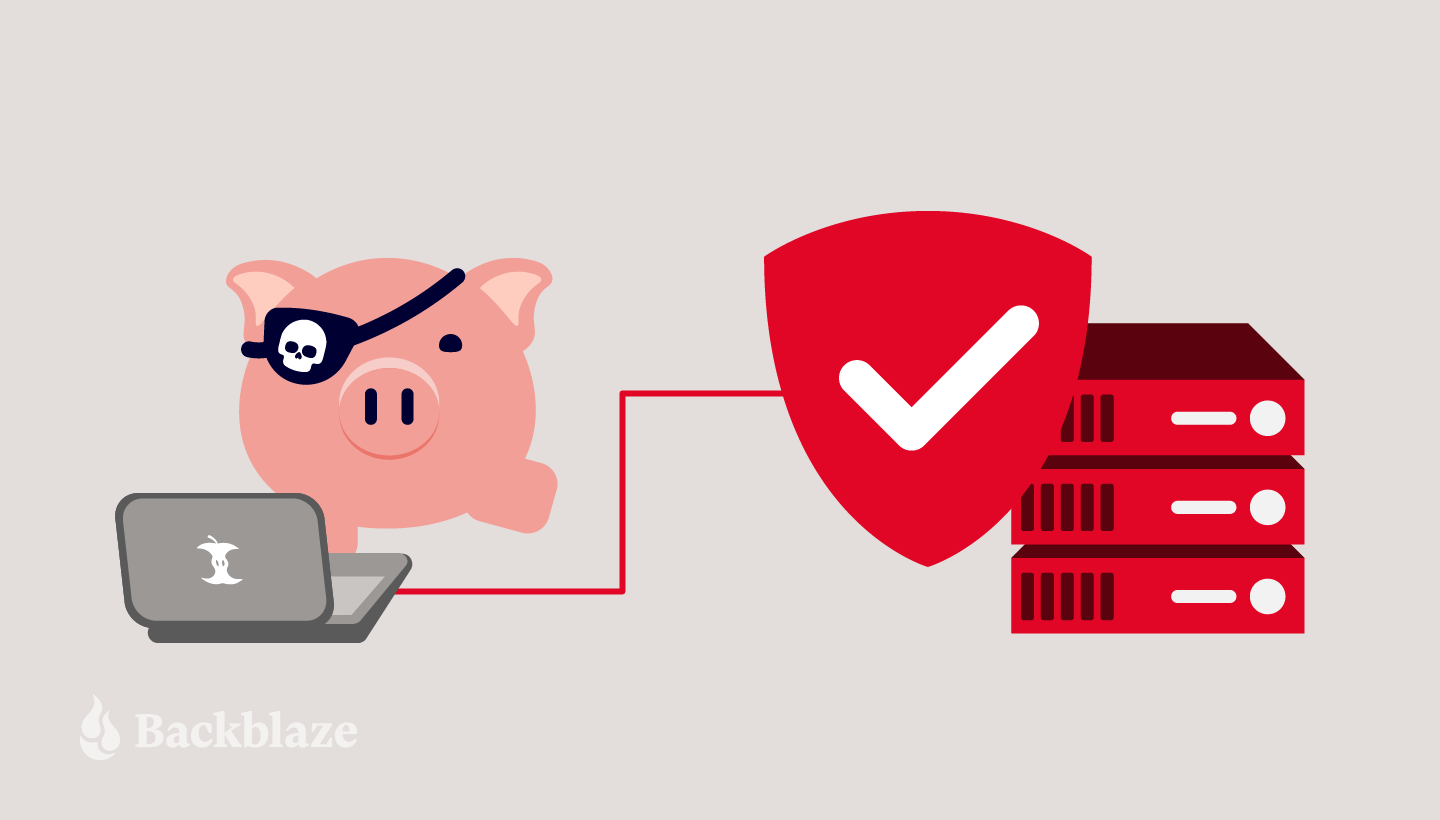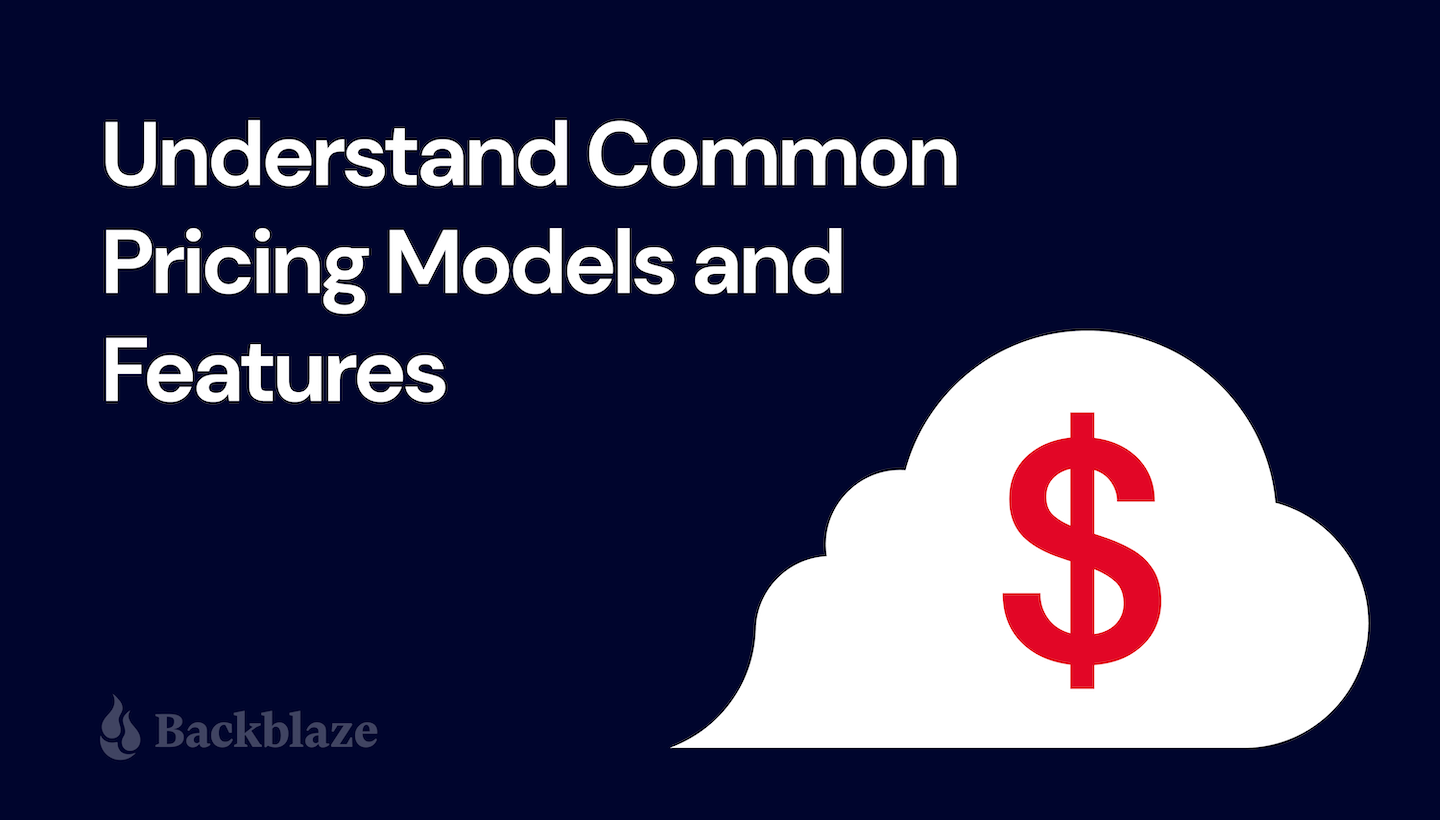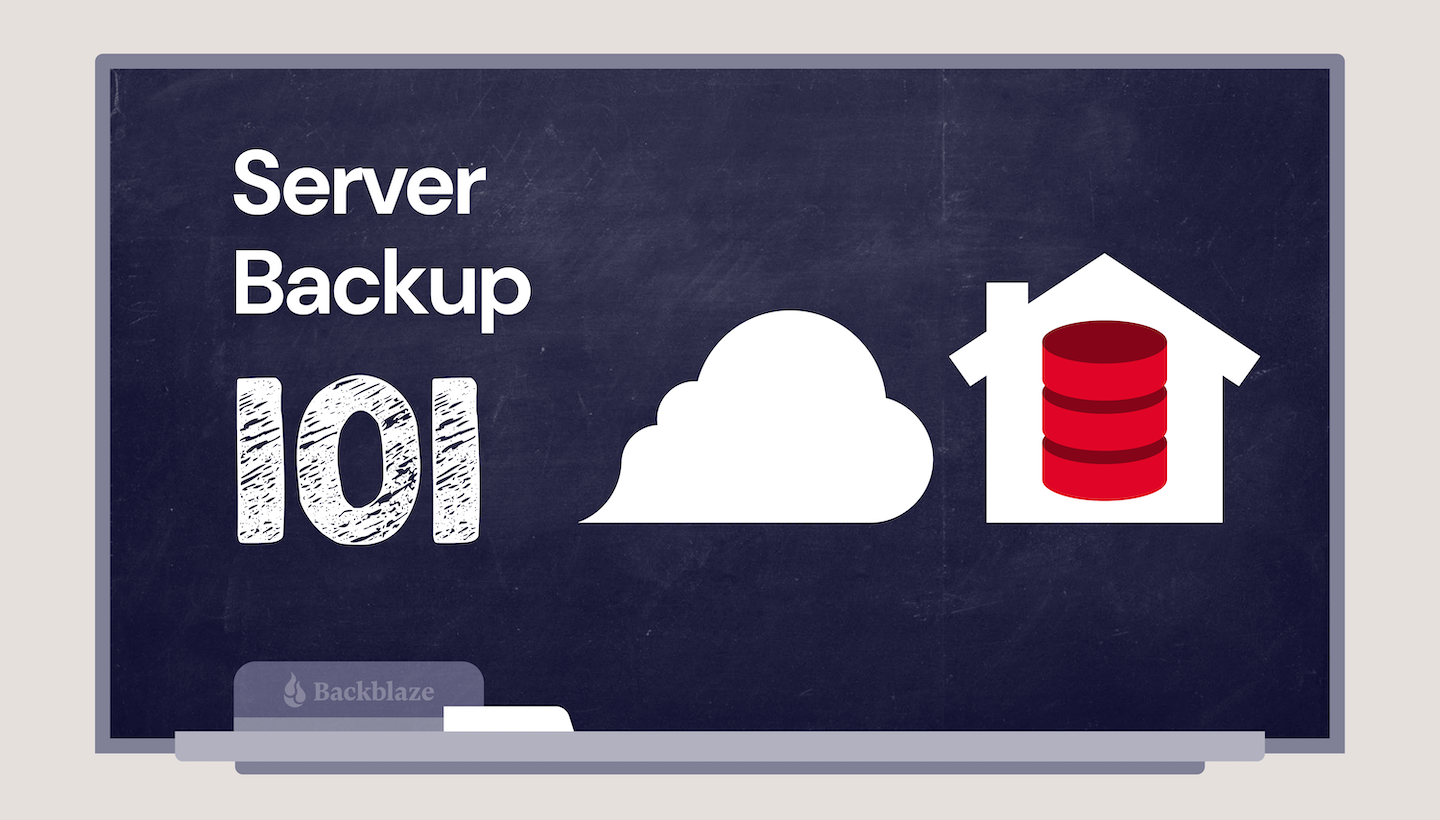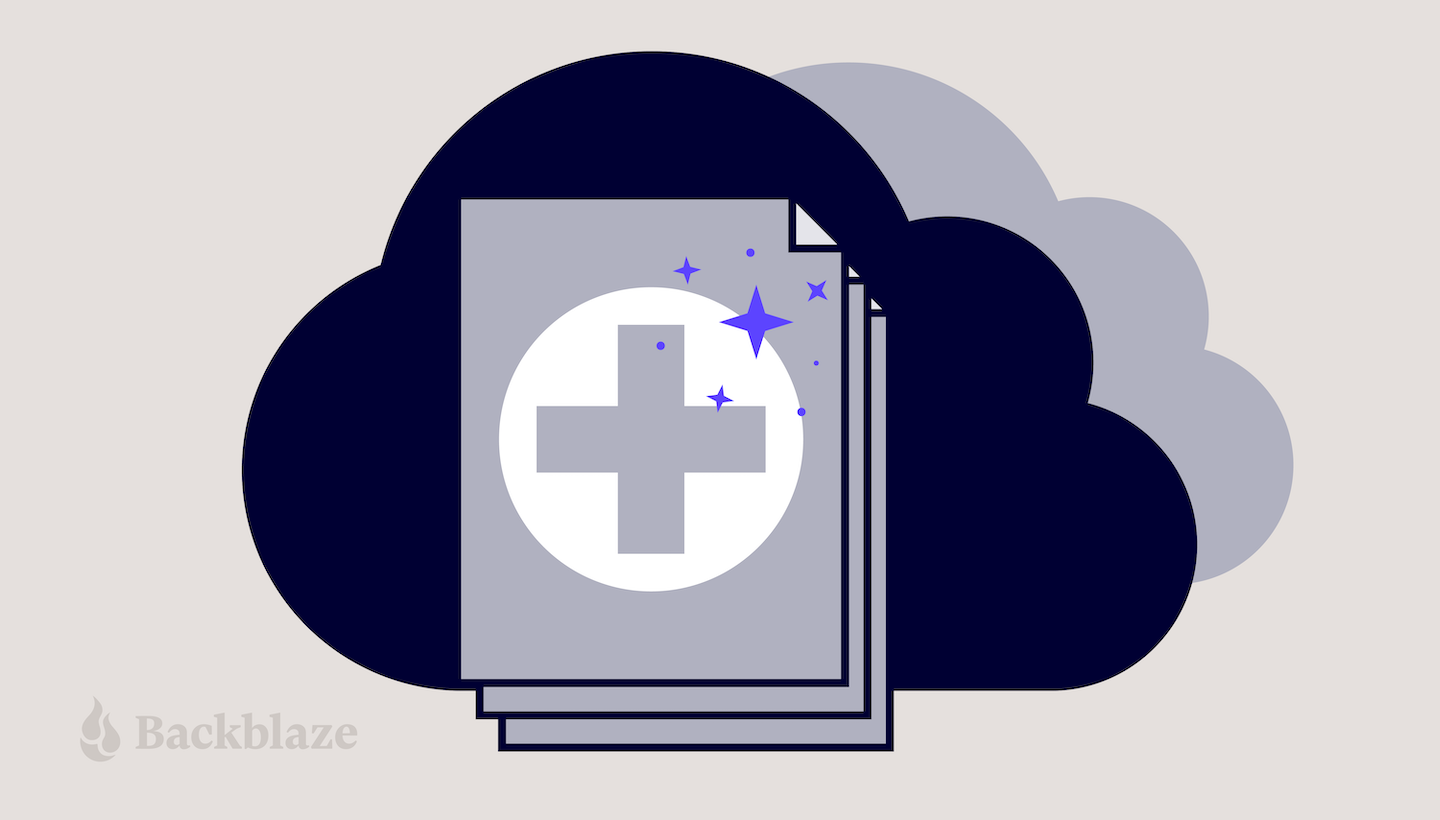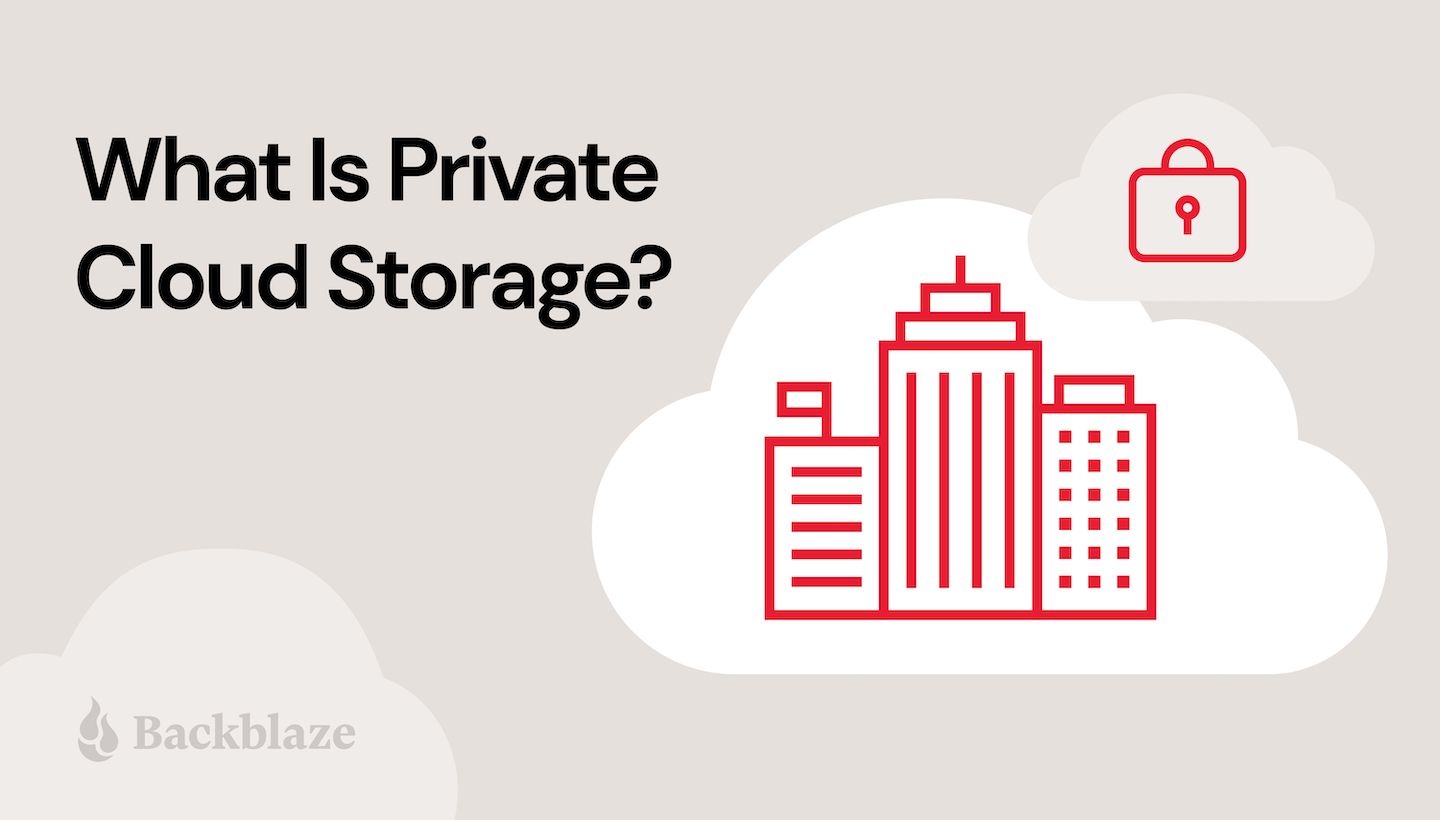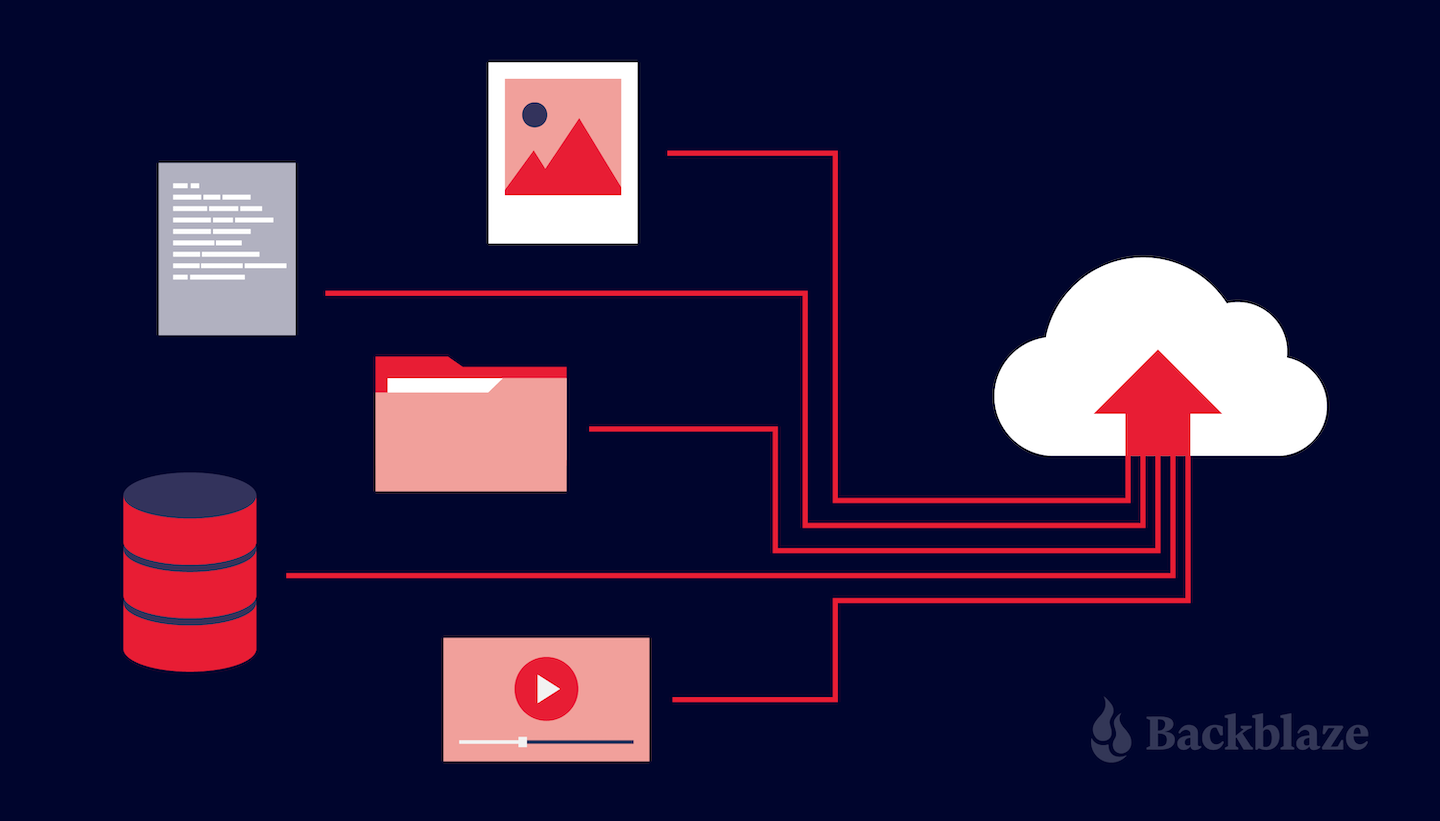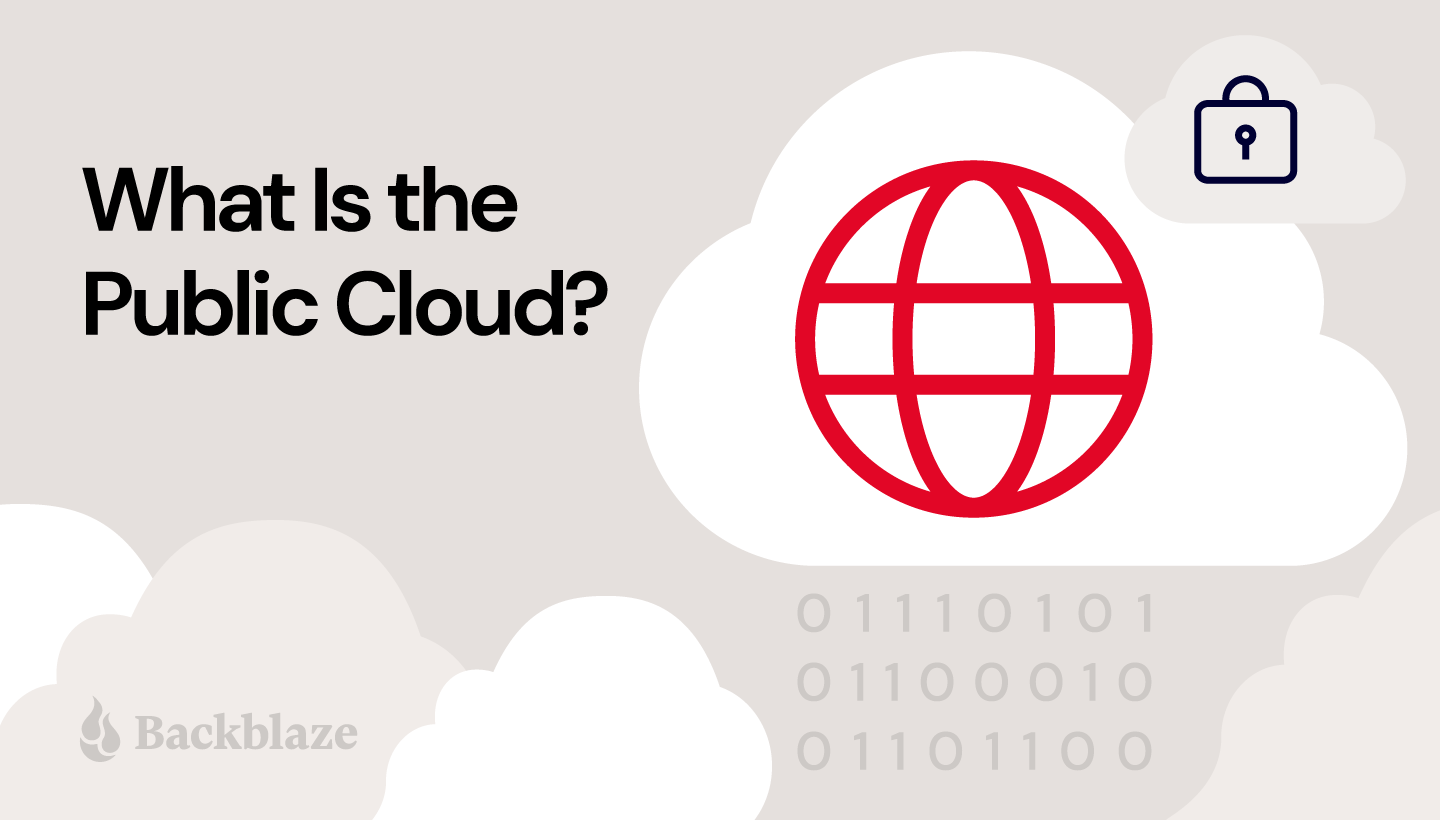
Featured Hybrid Cloud Guides and Resources
Hybrid Cloud Solutions
from Backblaze

More Hybrid Cloud Related Resources
Save time, patience, and budget. Increase collaboration, streamline workflows, and secure your work.
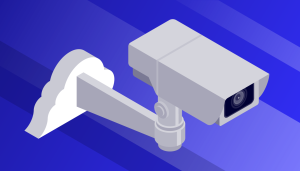
How Much Storage Do I Need to Back Up My Video Surveillance Footage?
Video surveillance requires a ton of primary and backup storage capacity for many reasons. Here are a few things to consider when you’re deciding how to use cloud storage.

Cloud Storage for Higher Education: Benefits & Best Practices
Higher education institutions create and store large amounts of data with a diverse set of needs. Cloud storage provides flexible solutions. Here are a few things to think about.
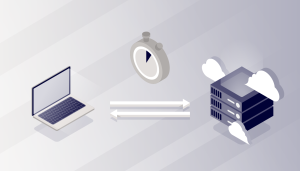
Navigating Cloud Storage: What is Latency and Why Does It Matter?
Latency is an important factor impacting performance and user experience. Let’s talk about what it is and some ways to get better performance.

What’s Wrong With Google Drive, Dropbox, and OneDrive? More Than You Think
Many organizations may think that their data is secure when they use cloud drives like Google Drive, Dropbox, and OneDrive. Here’s what you need to consider to fully protect your data.

Your AI Toolbox: 16 Must Have Products
With all the AI/ML tools on the market, businesses have a lot of things to sort through. Here’s a list of some of the biggest tools out there and how they’re being used.

Kubernetes Data Protection: How to Safeguard Your Containerized Applications
Kubernetes is a useful and widely-used tool to deploy and manage applications at scale. Here are some things to consider backing up your Kubernetes environment.
The difference between hybrid cloud and multi-cloud lies in the cloud infrastructure employed by each. Both of them involve deployments integrating more than one cloud. A multi-cloud architecture involves integrating two or more public cloud services, usually from different providers.
A hybrid cloud integrates a private cloud and a public cloud. Typically, but not always, the private cloud is housed on-premises or on rented rackspace in a data center where the hardware is dedicated to a single tenant.
The advantages of hybrid cloud solutions include:
• Enhanced scalability: With hybrid cloud solutions, you can increase your data management capacity without purchasing expensive hardware like servers upfront. Cloud solutions can be spun up on demand and offer virtually infinite capacity.
• Enhanced flexibility: A public cloud provides scalability and low upfront cost, while a private cloud provides high speed, local access to files when you need them urgently. When you combine both in a hybrid cloud solution, you get the flexibility to leverage the right kind of storage for your different use cases.
• Cost effectiveness: Public clouds typically charge for services in a pay-as-you-go model, eliminating the high upfront cost of purchasing infrastructure. Many also offer capacity-based pricing as well, giving you flexibility in how you purchase cloud services. Further, a hybrid cloud solution allows you to maximize on-premises resources you’ve already invested in, while opening up an option for expanding your capacity without purchasing more infrastructure.
Scalability means that you can increase or decrease capacity based on demand. If you use cloud computing services, that means you can increase capacity without purchasing additional hardware. Cloud services can accommodate rapid growth without causing disruptions, downtime, or strain on your systems. Conversely, if you need to scale resources down, you can do so without maintaining excess infrastructure that’s just sitting unused.
A hybrid cloud solution allows you to store critical or sensitive data in a private cloud and less sensitive data in a public cloud, allowing you to create an infrastructure setup that serves various use cases within your organization. That said, unless your industry requires certain data to be stored in a private cloud, a public cloud is a secure solution for most data, especially with enhanced data protection like encryption and Object Lock. Some key security considerations for a hybrid cloud infrastructure include ensuring your data is stored in compliance with any industry regulations, limiting risk by encrypting your data as it moves between your public and private clouds, and using least privilege access rules, among other security best practices.


